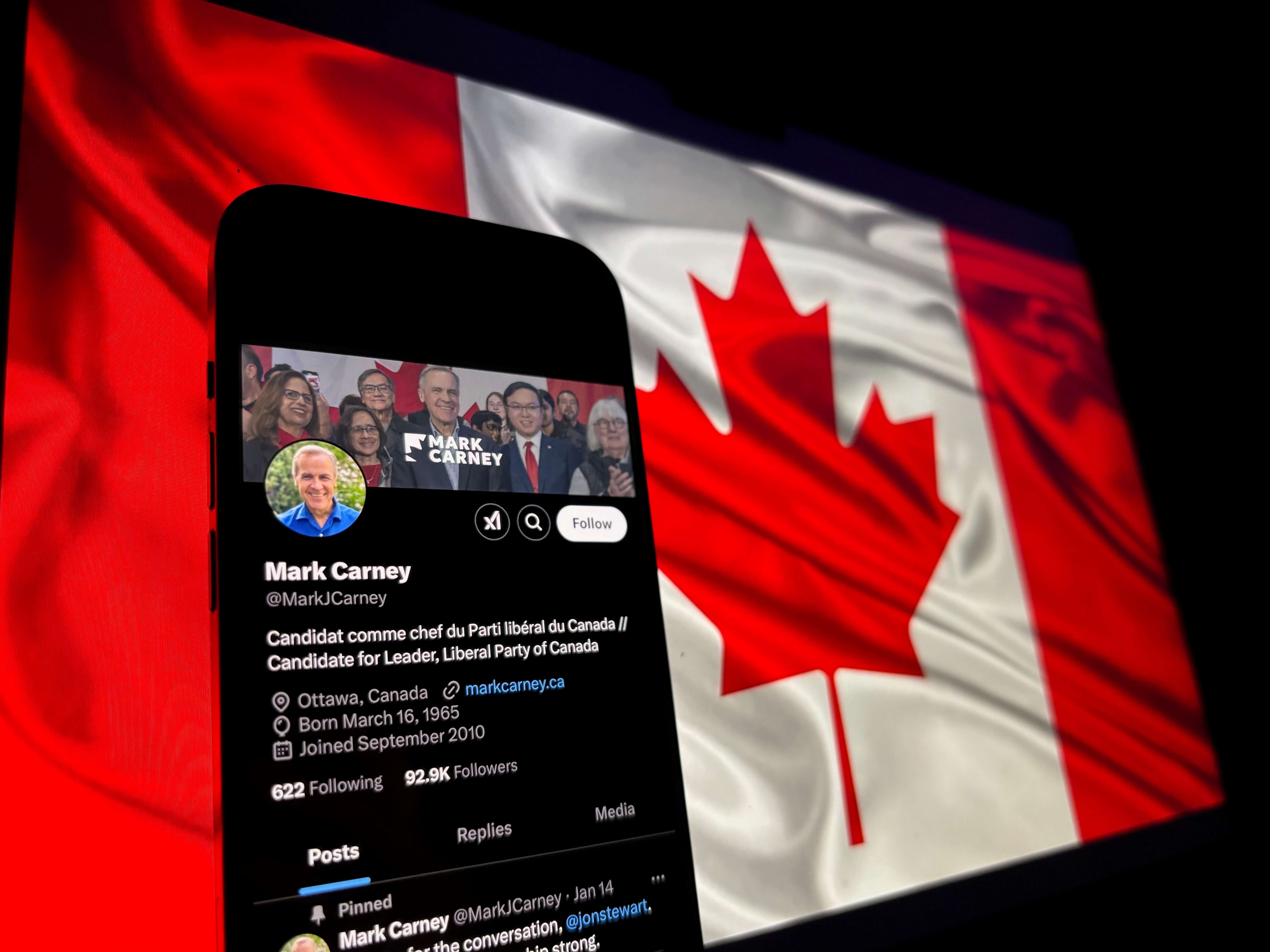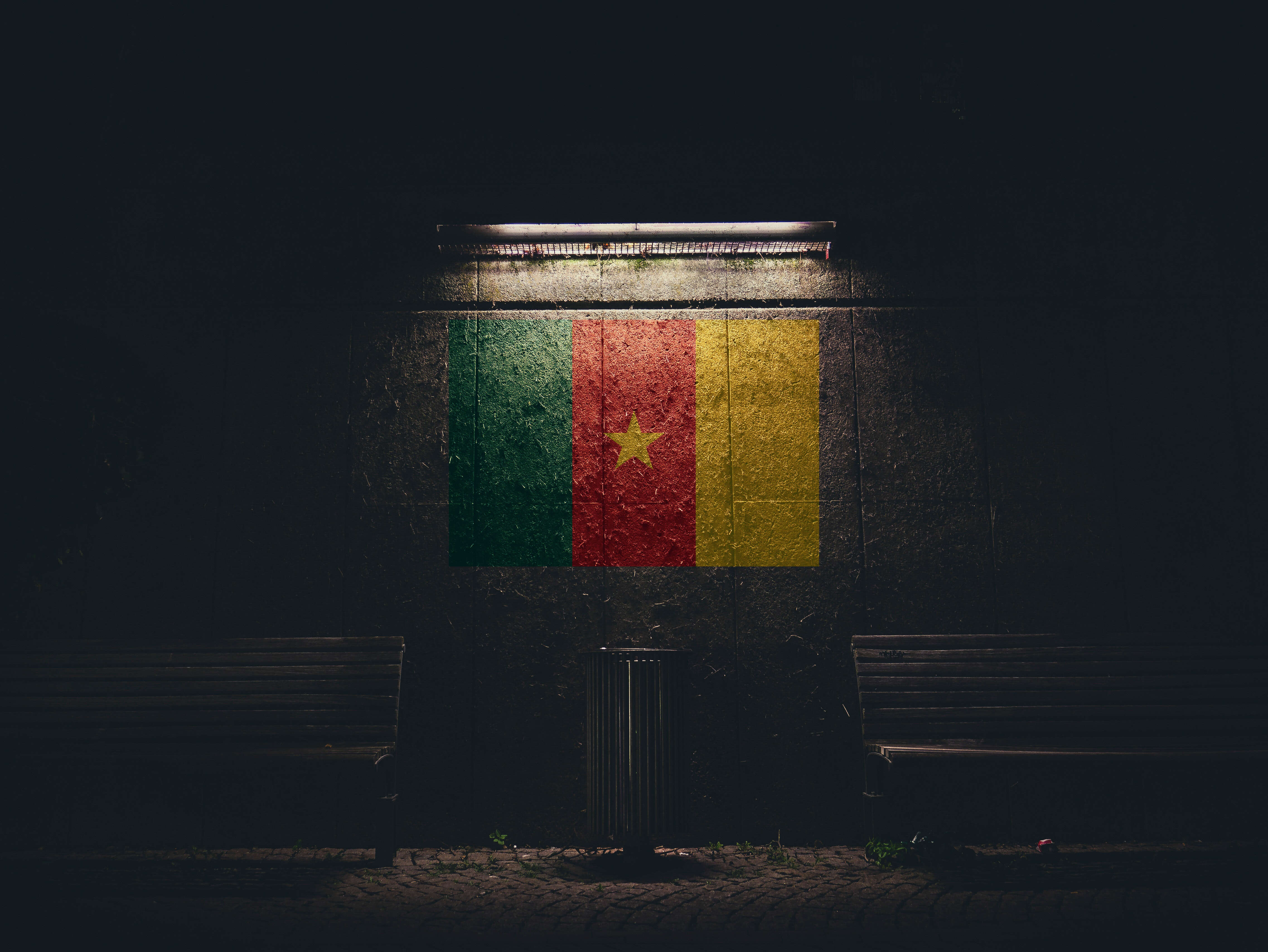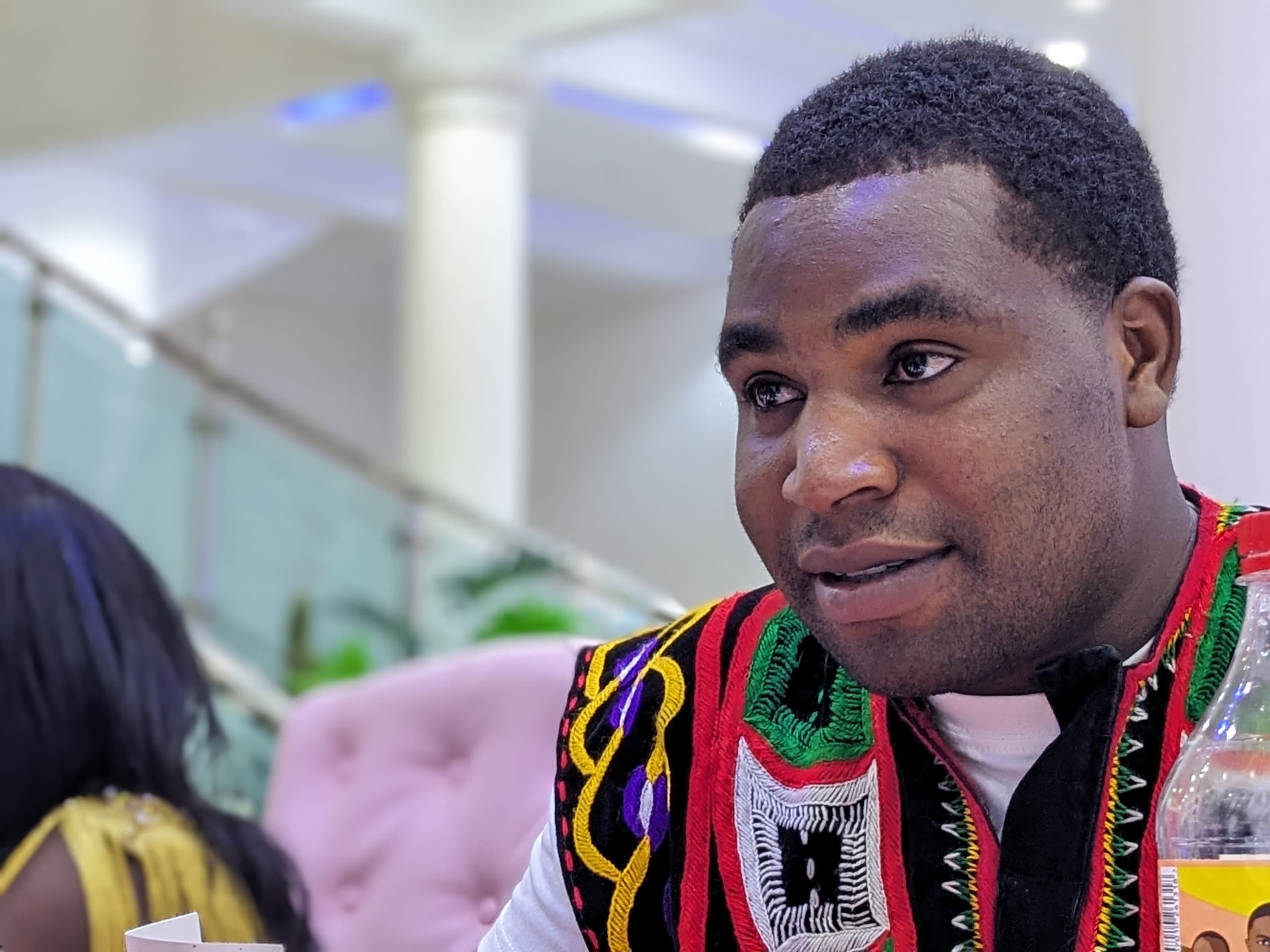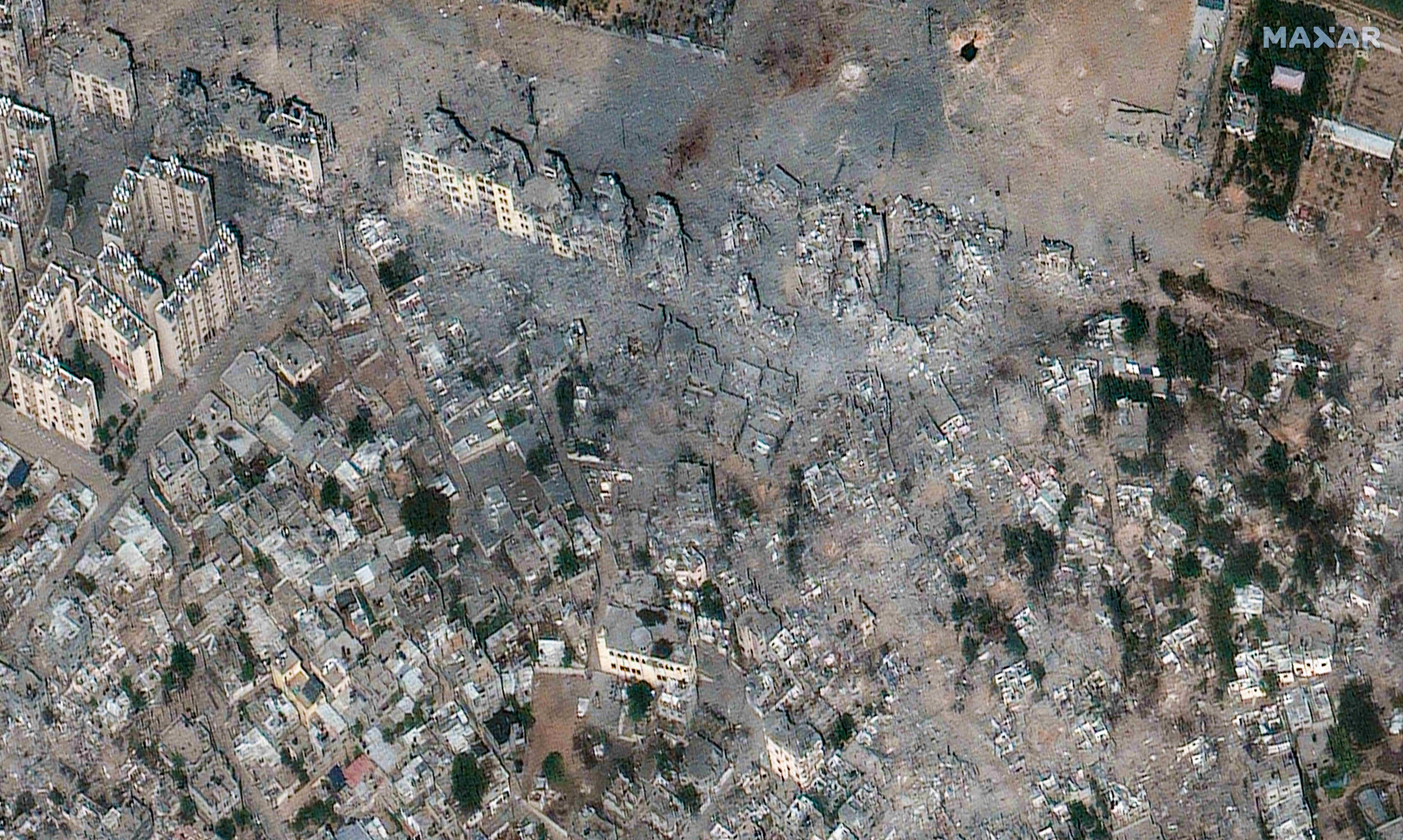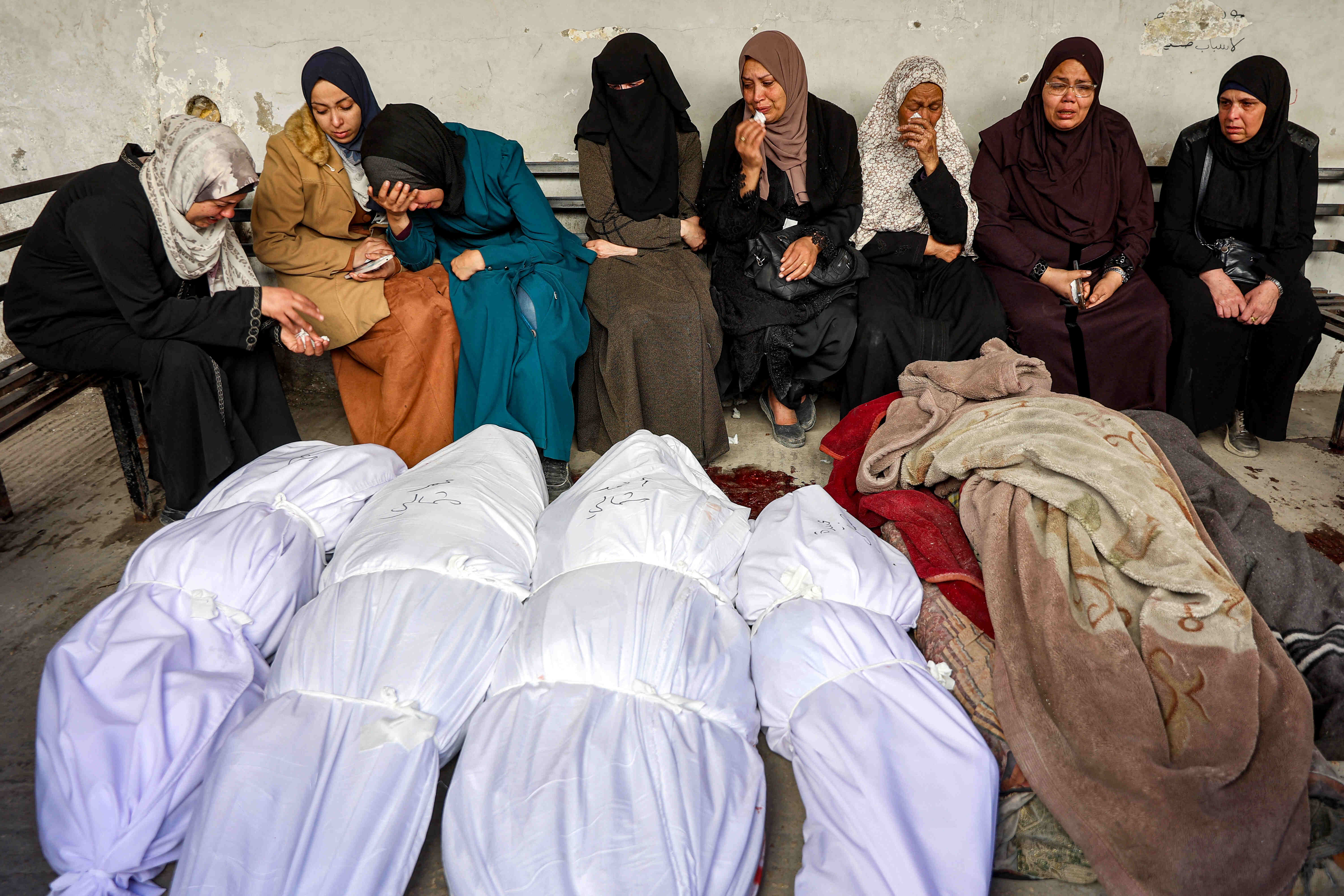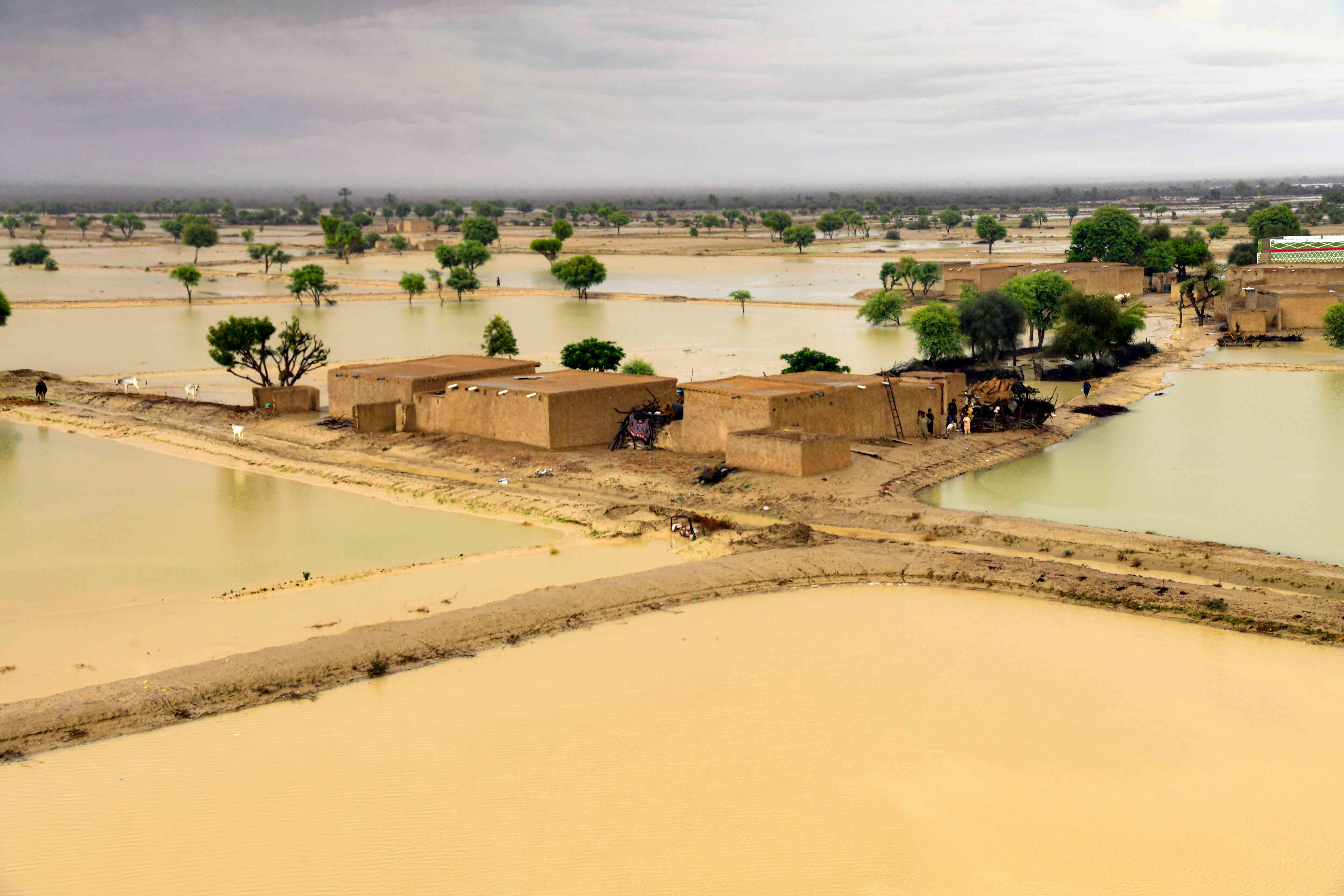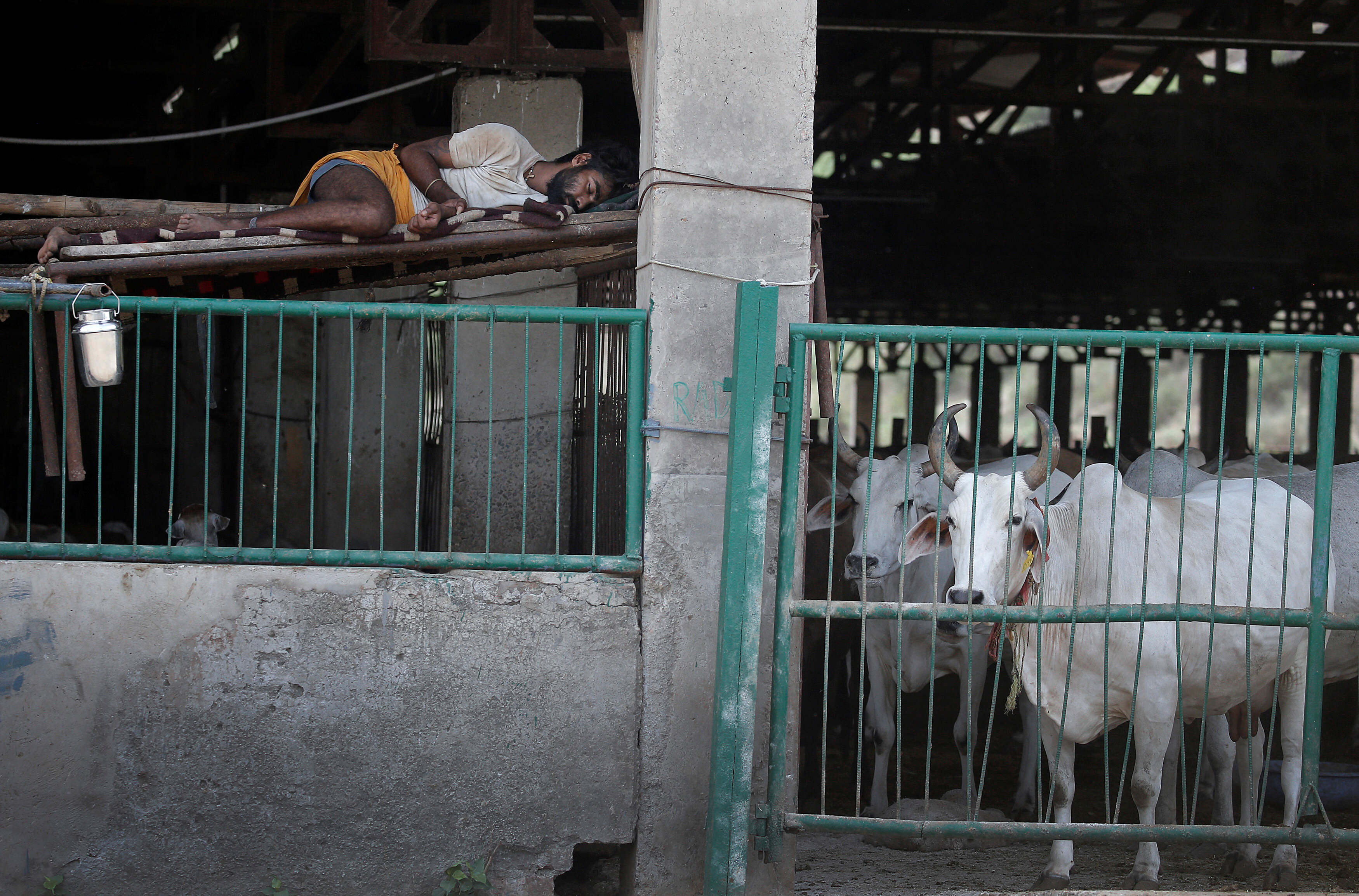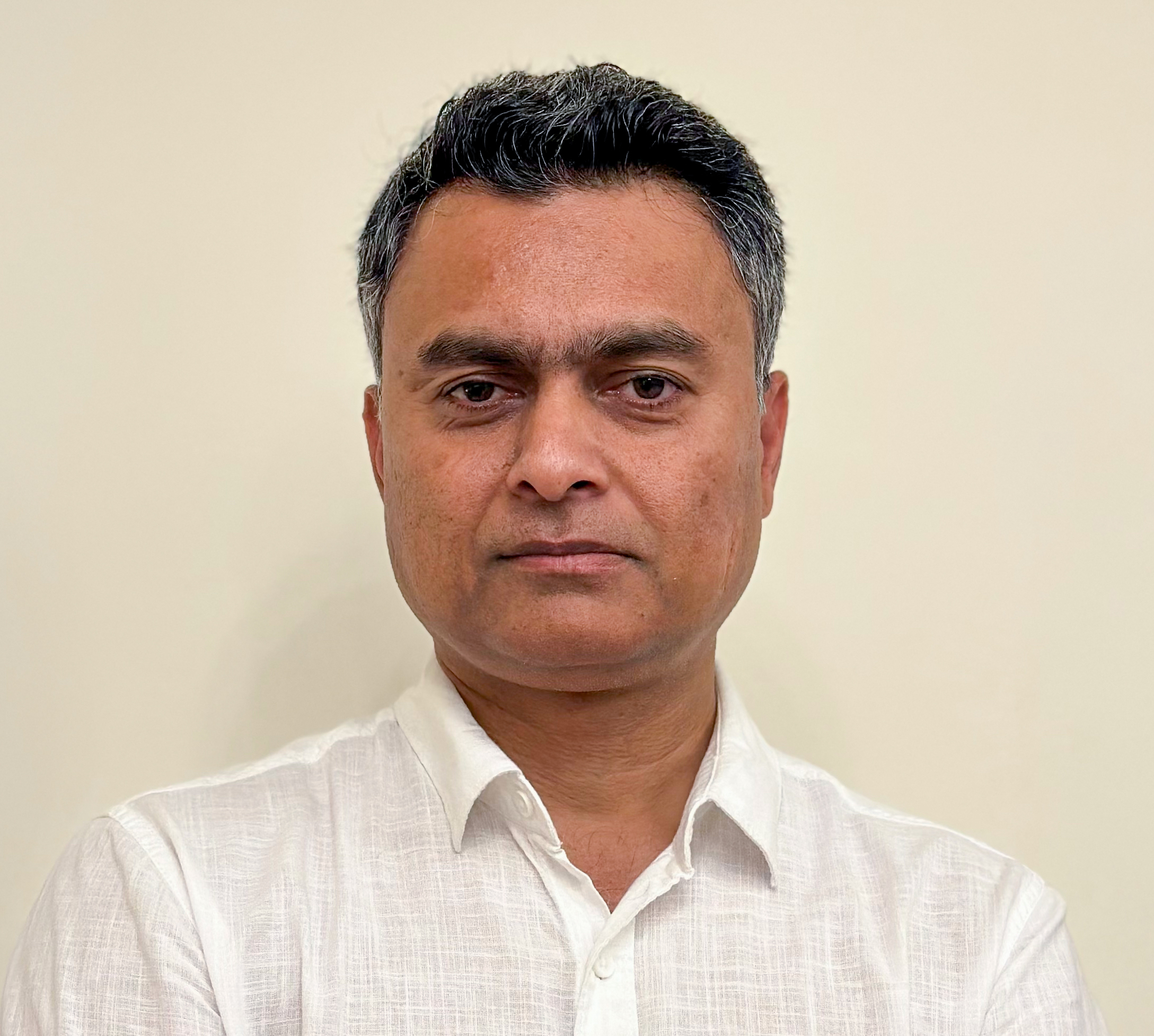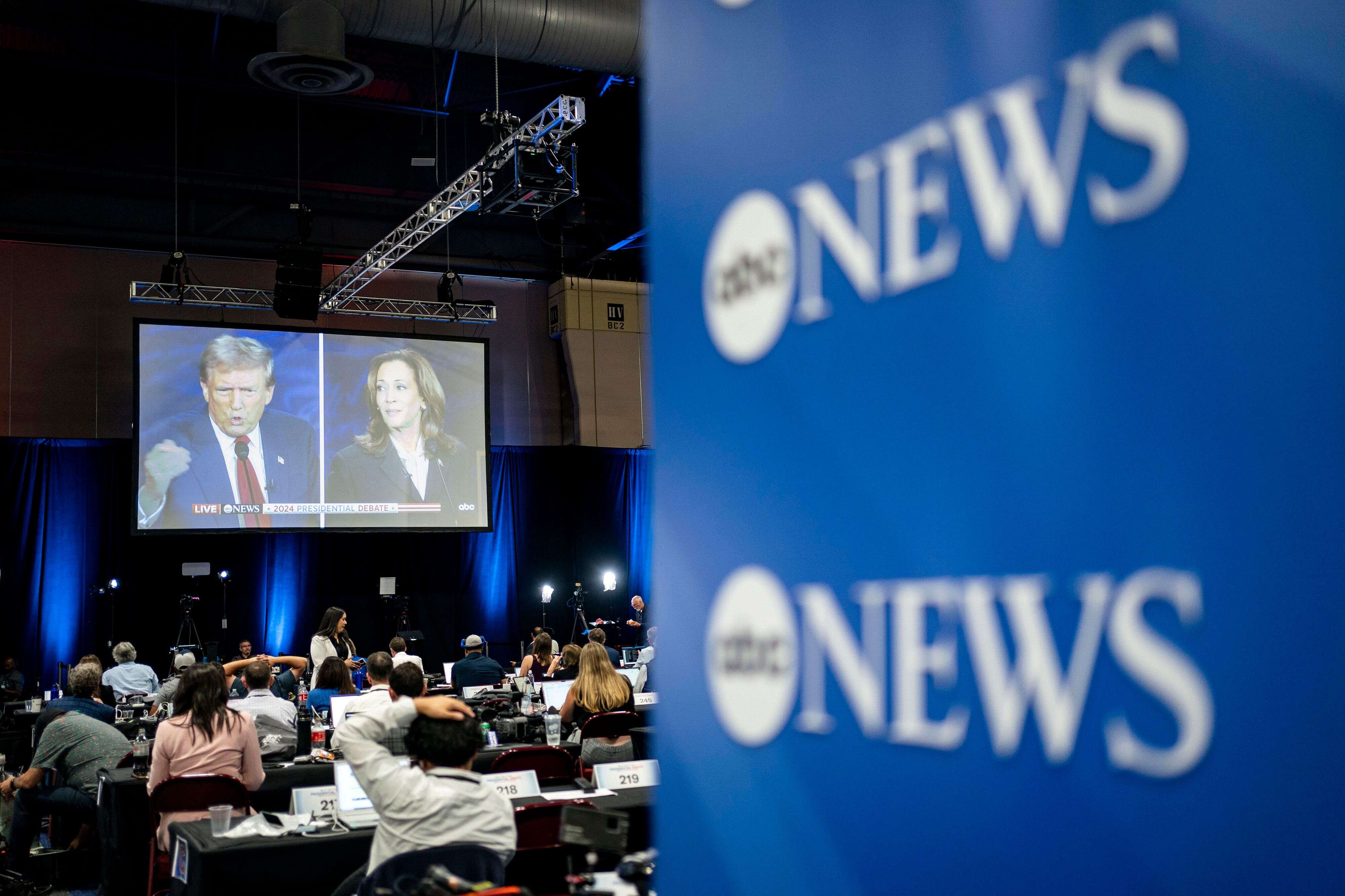يتحدث كتاب "حياة في الأخبار A Life in the News" عن السياسي البريطاني الأشهر ونستون تشرشل (نوفمبر/تشرين الثاني 1874 - يناير/كانون الثاني 1965)، متابعا رحلته في دروب الحياة الوعرة، منذ أن كان مراسلا حربيا مندفعا، إلى أن أصبح رئيسا لوزراء بريطانيا في فترة الحرب العالمية الثانية وما بعدها.
الكتاب من تأليف ريتشارد توي، أستاذ التاريخ الحديث في جامعة أكستر البريطانية، وصاحب عدد من الكتب الأخرى عن شخصية تشرشل الصحفي والسياسي المثير للجدل.
قصة تشرشل الموزعة بين الإعلام والسياسة هي حكاية طويلة من القلق والسباق مع الزمن للحاق بمواعيد المؤتمرات الصحفية، وأجواء المقابلات العاصفة مع الصحفيين، وخاصة في فترة الحرب العالمية الثانية. ووفق الكاتب فإن تشرشل بدأ الكتابة للصحافة قبل عام 1900، وقبل أن ينحت لنفسه اسما في عوالم السياسة. كان رمزا في عالم صناعة الأخبار، فساهمت الصحافة في صناعة السياسي الذي ملأ الدنيا وشغل الناس فيما بعد.
وإن كانت جهوده الذاتية هي ما جعلت منه بطلا، فإن الصحافة هي التي جعلت من تشرشل شخصية مشهورة. فالصحافة كانت محطة هامة في تشكيل شخصيته السياسية، والأموال التي اكتسبها من العمل الصحفي دعمته في تحوله إلى عوالم السياسة. ويسعى الكاتب في فصول الكتاب إلى الكشف عن محطات وملامح هذا الترابط العجيب بين الحياة السياسية لتشرشل، وبين مشواره في عوالم الصحافة والإعلام. ولا ينسى أن يتطرق إلى المقارنة بين ثقافة صناعة الأخبار في عهد تشرشل، والتحولات الهائلة التي يشهدها عالم الإعلام اليوم.
ميلاد على الصفحة الأولى من "ذا تايمز"
يبدأ المؤلف الفصل الأول من كتابه بتسليط الضوء على لحظة ميلاد تشرشل التي تميزت كثيرا عن ميلاد نظرائه من الأطفال البريطانيين في ذلك الزمان، فقد ظهر خبر مولد الطفل الذي قدم إلى الحياة في 30 نوفمبر/تشرين الثاني من عام 1874 على الصفحة الأولى من صحيفة "ذا تايمز" البريطانية العريقة، ليس كخبر من أخبارها، وإنما كإعلان مدفوع في صفحة المواليد.
وكانت الصفحة الأولى من الصحيفة البريطانية الأشهر تخصص بكاملها لما يعرف باسم "الإعلانات المبوبة" الخاصة بأخبار الزواج، والمواليد، والوفيات، والحفلات والخدمات المختلفة، بل والرسائل السرية المشفرة على شاكلة: " إلى شجرة الجوافة.. ستجدينني في العنوان المعروف".
وظلت "ذا تايمز" ملتزمة في صفحتها الأولى بتلك السياسة التحريرية التي تهب الصفحة الأولى للإعلانات المدفوعة، وليس الأخبار، وللمفارقة كان الاستثناء الوحيد في تلك الصفحة هو خبر وفاة تشرشل الذي تربع على الصفحة الأولى عام 1965، قبل أن تتخلى الصفحة عن السياسة التحريرية بالنسبة للصفحة الأولى ابتداء من عام 1966.
بين البندقية والقلم
يسلط الكاتب الضوء في الفصل الأول على نشأة تشرشل ودراساته التي بدأت في عدد من المدارس المرموقة وصولا إلى كلية "ساندهيرست" العسكرية العريقة، والتي كان يرتادها أبناء الأسر الأرستقراطية من أمثاله. ويقف بنا الكتاب عند رغبة تشرشل في احتراف الكتابة، رغم توجهه نحو الدراسة العسكرية، وقد أتيحت له أتاحت له فرصة تحقيق رغبته أثناء التحاقه بالجيش البريطاني، الأمر الذي لم يكن يتعارض مع القوانين السائدة حينها.
ويتقفى الكاتب بدايات مشوار تشرشل في تغطية الحروب والمعارك، حيث سافر عقب تخرجه من ساندهيرست عندما كان في العشرين من عمره إلى كوبا لتغطية معارك الجيش الإسباني مع الثوار الكوبيين عام 1895. ويشير، أيضا، إلى سفره إلى الهند بعد العودة من كوبا عام 1896، وهذه المرة مع الكتيبة العسكرية التي التحق بها بعد تخرجه. وكان يعمل على تغطية أخبار معارك وتحركات الجيش البريطاني في شبه القارة الهندية لصالح صحيفتي " تلغراف" البريطانية و"بايونير" الهندية.
مهمة في وادي النيل
ويذهب المؤلف مع تشرشل بعد عودته من الهند في رحلة ستنقله إلى مغامرة أخرى وهذه المرة في قارة أفريقيا، مرافقا الجيش البريطاني في مهمة عسكرية في السودان عام 1898.
جاء تشرشل إلى السودان عام 1898 ضمن حملة القائد البريطاني الجنرال هربرت كتشنر الذي كان وقتها سردار( قائد) الجيش المصري، وكان هدف الحملة القضاء على الثورة والدولة المهدية التي ألحقت الهزائم بالجيش البريطاني قبل 13 عاما.
واجهت تشرشل في البداية صعوبات كادت أن تحرمه من رحلة السودان، أبرزها أن قائد الحملة الجنرال كتشنر كان يرفض مرافقة المراسلين الحربيين لقواته، لكن تشرشل تمكن بعلاقاته الواسعة من إقناعه.
أسلوب جديد في السرد
يقول المؤلف إن تشرشل فكر في اجتراح أسلوبٍ جديد في كتابة تقاريره من السودان مغايرٍ لما كان سائدا في الصحافة البريطانية في ذلك الوقت. لقد سعى في البداية لأن تنشر مقالاته دون توقيع باعتبارها رسائل أرسلت إلى صديق، ليقوم هذا الصديق بنشرها دون علم الكاتب.
ويشرح تشرشل في رسالة لصديقه الصحفي أوليفر بورثويك المبررات التي دعته لانتهاج ذلك الأسلوب بقوله: "هذا أسلوب أدبي، سيخلق شيئا من الاهتمام والمتعة، سأواصل فيه لمدة، وبعدها سأعاتب الصديق الذي نشر الرسائل بشدة، وسأرتب مع والدتي لتكشف السر تدريجيا عبر الحديث عنه في صحف أخرى".
بيد أن الرسائل التي كتبها تشرشل من السودان لم تنشر وفق ما تمناه، إذ عمدت إدارة التحرير في صحيفة "مورنينغ بوست" إلى تحريرها ونشرها كتقارير صحفية.
وحسب مؤلف الكتاب فإن ذلك لم يرق للمراسل الحربي الطموح الذي كان يطمح إلى الإتيان بأسلوب صحفي جديد يختلف عما كان سائدا في أيامه، وقد عبر عن عدم رضاه عما جرى في عدد من الرسائل إلى والدته وإلى أصدقائه.
أشجع من مشى على الأرض
كتب تشرشل تقارير عديدة عن الحملة، وخاصة معركة أم درمان الشهيرة، "كرري" التي وقعت في الثاني من ديسمبر/ كانون الأول 1898، وهي المعركة التي قال عنها إن المقاتلين السودانيين واجهوا فيها الجيش الغازي ببسالة، بيد أن الغلبة فيها كانت للقوة النارية الحديثة.
وكتب تشرشل واصفا المعركة: "لو كانت مقومات النصر في ذلك اليوم في معركة كرري ترتكز على الشجاعة والإقدام والثبات والإيمان بالمبدأ والتضحية والفداء، لكانوا هم المنتصرين … ولكن لحسن حظنا، لم يكن النصر في ذلك اليوم الرهيب لهذه المقومات بل كان لمن يمتلك السلاح الأقوى ومدفع المكسيم، أي نحن. لذا فنحن لم نقهرهم في كرري، ولكننا دمرناهم بقوة الحديد والنار.. إنهم أشجع من مشى على وجه الأرض".
الدخول إلى نادي السياسة من بوابة الأسر
عاد تشرشل إلى بريطانيا في ربيع عام 1899 بعد تغطيته لحملة غزو السودان، بيد أنه لم يضع عصا الترحال، فبعد أيام قلائل سيذهب لتغطية حرب أخرى من حروب الإمبراطورية التي كانت لا تغيب عنها الشمس، وستقوده هذه المرة إلى جنوب أفريقيا.
وقبل سفره إلى جنوب أفريقيا لتغطية ما عرف باسم حرب البوير الثانية التي دارت رحاها بين الإمبراطورية البريطانية وبين جمهورية البوير، سنحت الفرصة لتشرشل أن يستكشف عالم السياسة الذي سيلج إلى دهاليزه في وقت لاحق. ففي صيف عام ذلك العام، دعي للمنافسة في انتخابات فرعية في منطقة "أولدهام". ورغم أن الحظ لم يحالفه للفوز بمقعد البرلمان، إلى أنه استطاع أن يقدم نفسه إلى النادي السياسي، حيث أشادت صحيفة "ذا ميل" بأفكاره السياسية وبالطريقة التي عرضها بها.
سافر تشرشل إلى جنوب أفريقيا في أكتوبر/تشرين الأول 1899 مع مجموعة من الصحفيين، بإيفاد من صحيفته "مورنينغ بوست". وقد وصف في مقالاته الأولى رحلته إلى جبهة القتال، التي لم يمكث فيها كثيرا، حيث تعرض للاعتقال مع مجموعة من الجنود البريطانيين على أيدي البوير.
وقد نشرت صحيفة "ناتال ديلي" الجنوب أفريقية بعد سنوات من تلك الحرب مقابلة مع فرانز شانغوين الذي كان ضمن المجموعة التي اعتقلت تشرشل، وقد وصف لحظات الاعتقال واحتجاج تشرشل بأنه مراسل صحفي، وبالتالي فإن القوانين تحرم اعتقاله، وكيف أنه رد عليه بأن المراسلين الحربين من أمثاله هم من يتسببون في الحروب.
عندما يصبح ناقل الأخبار خبرا
حول ذلك الاعتقال تشرشل إلى قصة إخبارية بعد أن كان هو من يروي الأخبار وينقل فظاعات الحرب، فبفضل التلغراف الذي كان ثورة في مجال الاتصال آنذاك، وصلت حكاية اعتقال تشرشل إلى العديد من الصحف البريطانية التي نشرتها يوم 17 نوفمبر/تشرين الثاني 1899، والتي وصفت الرجل بأنه بطل من أبطال بريطانيا لأنه ساهم مع الجيش في وقف تقدم البوير.
ويبدو أن اتساع دائرة الحديث عن بطولات تشرشل لم يكن في صالحه، خاصة مع انتشار شائعات تقول إنه عندما أسر كان يحمل مسدسا، وهو ما حدا بآسريه أن يعتبروه أسير حرب، وليس صحفيا، رغم أنهم سمحوا له بإرسال تقارير عن الأحداث، كما سمحوا لمندوب من وكالة رويترز بإجراء مقابلة صحفية معه.
ويورد المؤلف أن تشرشل لم يمكث كثيرا في الأسر، فقد تمكن بعد أيام قلائل من الهروب، ووصل بفضل مساعدة بعض المتعاطفين مع البريطانيين إلى إحدى المستعمرات البرتغالية ومنها إلى مستعمرة بريطانية.
ويرى مؤلف الكتاب أن الذي جرى لتشرشل في جنوب أفريقيا ساهم بشكل كبير في أن يجعل منه أحد نجوم الصحافة البارزين، وسيساهم فيما بعد في أن يعطيه مكانا بارزا في النادي السياسي البريطاني.
وبعد عودته من رحلة جنوب أفريقيا دشن تشرشل مشواره السياسي الذي وصل فيه إلى الجلوس على سدة "دواننغ ستريت" مقر الحكومة البريطانية، حيث جرى انتخابه عضوا في البرلمان عن دائرة "أولدهام".
ويعتقد تشرشل أن الصحافة وفرت له السلم الذي أوصله إلى قمة المجد السياسي رئيسا لوزراء بريطانيا.


















